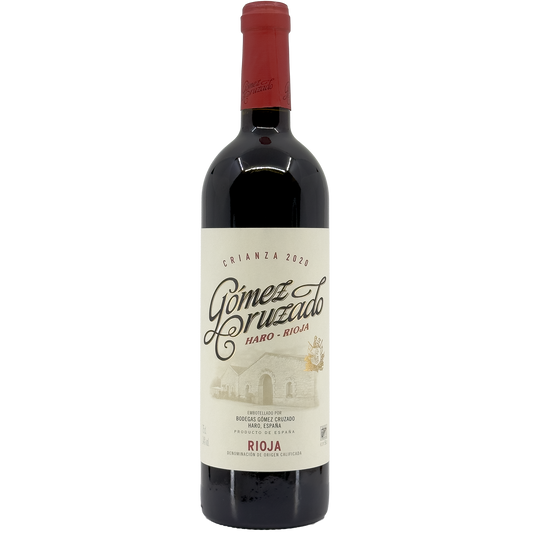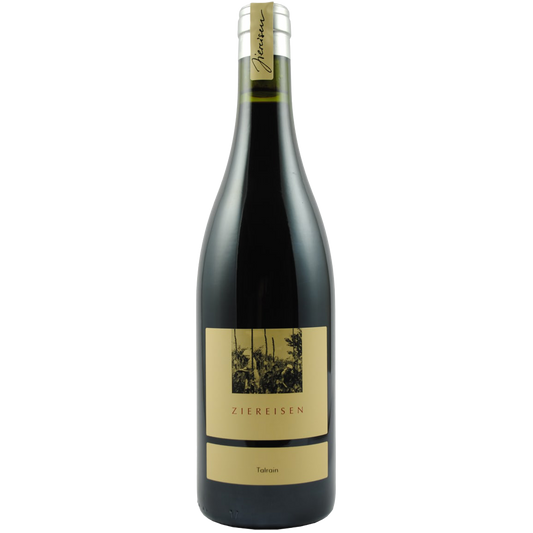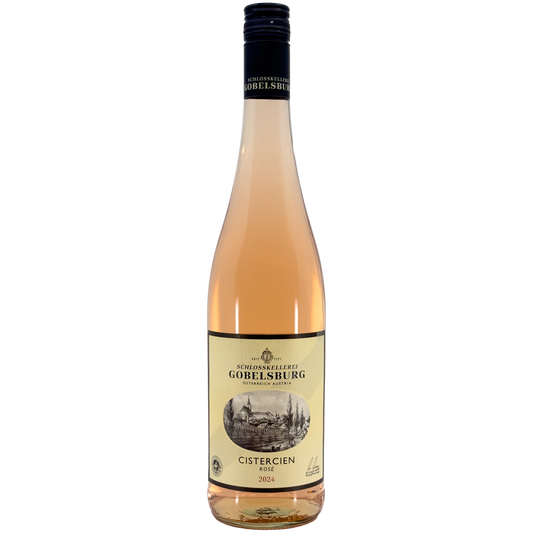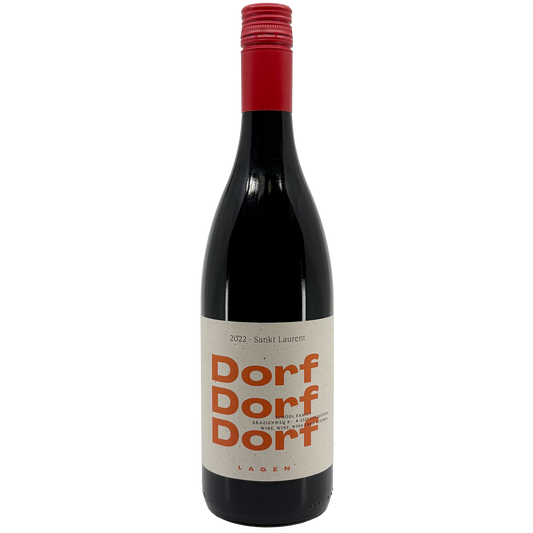Exploring the Spirits of Mexico: Mezcal, Sotol, and Tequila
The world of Mexican spirits is a rich tapestry woven with tradition, culture, and the distinctive flavors of its diverse landscapes. Among this variety, Mezcal, Sotol, and Tequila stand out not only for their popularity but also for their unique characteristics. Each spirit tells a story of its origin, production methods, and the people who have crafted it for centuries. Let's embark on a journey to explore the differences between these three remarkable spirits.
Mezcal: The Essence of Agave
Mezcal is often celebrated for its complex and smoky flavor profile due to the traditional production process it undergoes. It can be made from over 30 types of agave plants, offering a broad spectrum of flavors. The key to Mezcal's distinct taste lies in the cooking process of the agave hearts (piñas), traditionally roasted in pit ovens lined with lava rocks and filled with wood and charcoal. After roasting, the piñas are crushed, fermented, and distilled in copper pots or clay stills. This artisanal approach results in a spirit that encapsulates the essence of the agave and the terroir from which it comes.
Explore: Caminos y Huellas Artisanal Tobala Mezcal Joven, Oaxaca, Mexico
Sotol: The Desert Spoon Distillate
Sotol, often less known outside of Mexico, is a spirit distilled from the Desert Spoon plant (Dasylirion wheeleri), which is not agave but shares a similar habitat in the northern regions of Mexico and into the southwestern United States. The production of Sotol follows a process akin to Mezcal, with the harvested hearts being cooked, fermented, and distilled. However, Sotol's flavor profile is distinct, often herbaceous, with citrus notes and a subtle, earthy undertone. Sotol is a reflection of the desert from which it originates, offering a unique taste of Northern Mexico's vast and wild landscapes.
Explore: Hacienda de Chihuahua Reposado Sotol, Chihuahua, Mexico
Tequila: The Global Ambassador
Tequila is arguably the most internationally recognized Mexican spirit, protected by a denomination of origin. It can only be produced in specific regions of Mexico, primarily in the state of Jalisco. Unlike Mezcal, Tequila must be made exclusively from the blue agave plant (Agave tequilana Weber). The production process involves steaming the agave hearts in large ovens, fermenting the extracted juice, and then distilling the liquid in stainless steel or copper pot stills. Tequila is categorized into several types based on aging, from the clear and vibrant Blanco to the rich and complex Extra Añejo. Tequila's flavor is often described as smoother and sweeter than Mezcal, with less emphasis on the smoky notes.
Explore: ArteNOM 'Seleccion de 1123' Tequila Blanco Historico, Jalisco, Mexico
Cultural Significance and Craftsmanship
Beyond their taste profiles, Mezcal, Sotol, and Tequila each carry significant cultural heritage and craftsmanship. Mezcal is deeply rooted in the traditions of Oaxaca and other regions of Mexico, often produced in small batches by families who have passed down their methods for generations. With its ties to the indigenous cultures of Northern Mexico, Sotol embodies the resilience and beauty of the desert. Tequila's rise to global prominence has not only elevated the international profile of Mexican spirits but also preserved the cultural landscape of the agave plantations of Jalisco and surrounding areas.
Conclusion
Mezcal, Sotol, and Tequila each offer a unique window into Mexico's rich cultural and botanical diversity. From the smoky depths of Mezcal to the herbaceous elegance of Sotol and the sweet smoothness of Tequila, these spirits invite us to explore the flavors and stories of Mexico. Whether sipped slowly to savor their complex notes or mixed into a refreshing cocktail, Mezcal, Sotol, and Tequila are treasures of Mexico's culinary and cultural heritage, waiting to be explored by curious palates and adventurous spirits alike.
Take a look at our exclusive collection of Mezcals, Stotols, and Tequilas.




























